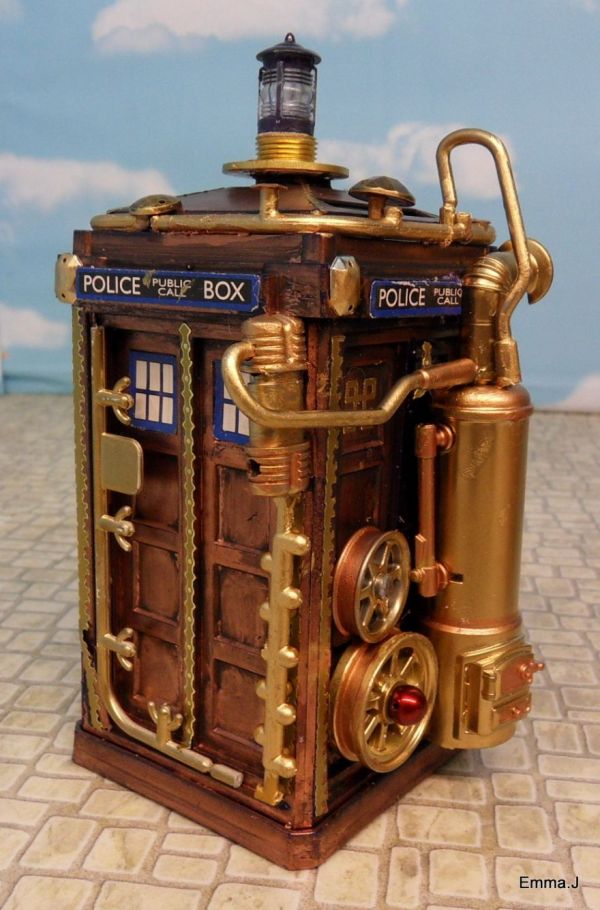I think the Bosch iboosters used by Tesla since the AP update are used in other cars that use the brake pedals for regen.
But the point is that I believe the full regen the battery is capable of (about 60kw) is already built into the accel pedal lift off. So since everyone who actually owns and regularly drives a Tesla prefers the full regen that the car is capable of (which is limited, I think to about -.3gs) to be on the accel pedal, there is no more regen to be had from the brake pedal.
If, perhaps the battery tech changes, and more regen becomes possible because the battery can take more and stronger regen elec, then perhaps Tesla could decide that anymore decel from the accel pedal would be too much (e.g., the car would come to a screeching halt) and then they could put that excess regen on the brake pedal. But that may never happen in short term due to current battery tech.
I wonder if on a model 3, because it is lighter, and perhaps because of battery tech improvements, the full regen could be so strong, that they might allocate some of it to the brake pedal input -- the issue is how strong of the decel feels best on the accel pedal? Maybe the current -.3gs is best? Maybe up to -.5gs? Most current Tesla drivers feel that even more than what is currently available would be preferable, so maybe a Model 3 that has even more will feel even better and won't have to allocate any to the brake pedal.





